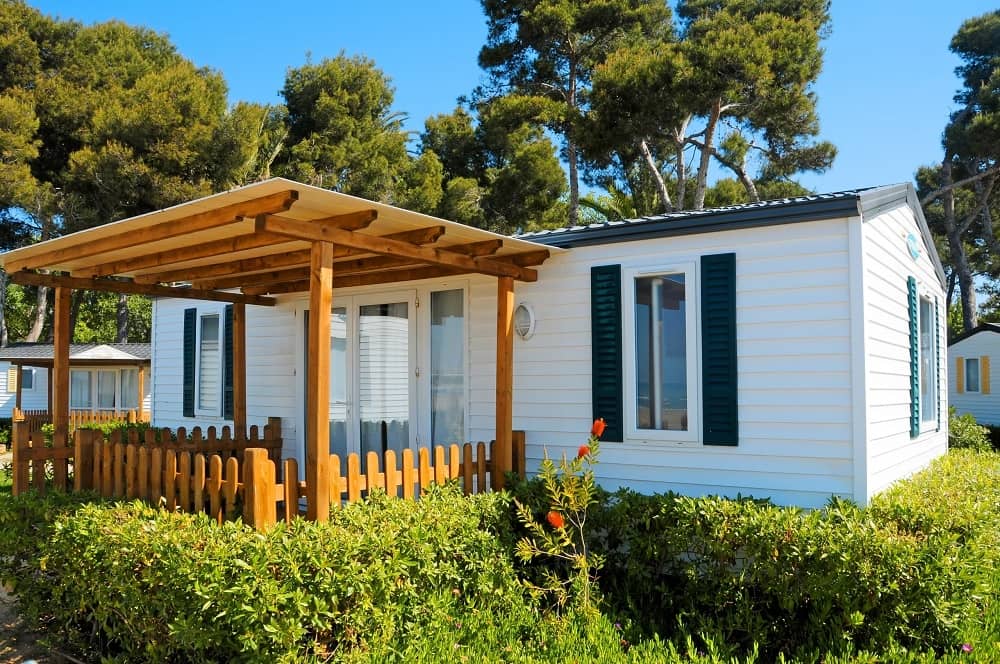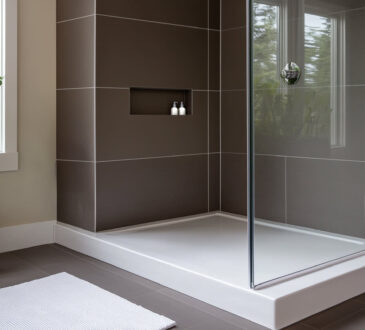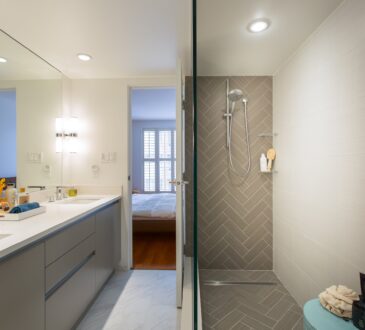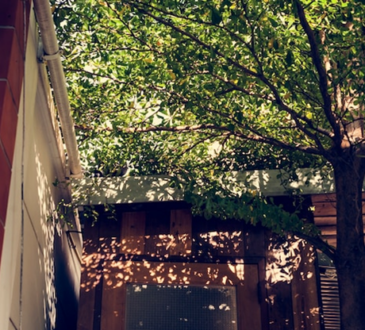
Gardens are in demand. They are so popular, in fact, that estate agents are now considering them one of the most sought after assets in a property. There are many reasons behind why this seems to be the case, with the clearest being residents’ response to lockdowns, wanting to ensure that they have assured access to a natural space regardless of future circumstances.
The result of this demand, however, is that homes with outdoor spaces are growing in price and quite substantially. This means that many residents are paying a premium for a garden, often having an outside space for the first time. If this is the situation you now find yourself in and want to ensure that you achieve a respectable return on investment, then we have four ways that ensure you’ll get the most out of your garden space.
Grow Your Own Goodness
Bridging the gap between home and garden is an incredibly valuable experience. It can help to enrich a home’s interior design, add fresh and exciting ingredients into the kitchen, and to help a property to feel overall more sustainable.
Flowers, for example, can be grown and displayed indoors, with particular brilliance added to those that are fragrant too. Even dried flowers can be used as a stylish embellishment. Additionally, fruit, vegetables, and herbs can be cultivated in a garden and benefit a resident’s diet too!
Build A New Space
Creating an indoor space, or outbuilding, within a garden, opens a number of opportunities. Residents can find themselves with access to an enclosed and comfortable room integrated into their garden and separate from their home free to use all year-round. This means that a garden isn’t only enjoyed when the weather permits. It’s now easy to find annexes, summer houses, and log cabins for sale, all of which can be customised in such a way that suits the desires of a resident.
Encourage Sustainability
A garden is a great tool for any homeowner seeking to reduce their carbon footprint. Composting systems, for example, greatly reduce a home’s carbon footprint by tackling food waste. Empty spaces, and even the roofs of sheds, can be estate dedicated to water collection and solar panels, both of which offset a home’s reliance upon a central and local grid.
Even the planting of certain carbon-capturing trees can be a remarkable contribution to the local ecology, simultaneously supporting local wildlife, from birds to pollinators, too.
Design Upwards
Gardens are all too often designed with the horizontal in mind and residents neglect to embrace their vertical potential. Walls and fences are ideal canvases for design and even growing. There are a number of vertical garden design ideas online that can inspire new projects, going beyond the simple hanging plants and inspiring murals, statement walls, and stacked pots.
Designing upward also has a number of other benefits too, not only maximising the utility of your garden’s space but also working to potentially reduce weather impact on your garden by creating shade and protection from gusts of wind too.




